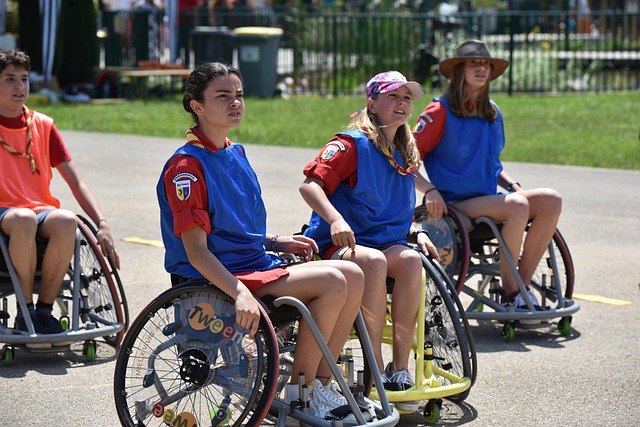Design and architecture play a significant role in the quality of life in any given community. Improved liveability design features have the ability to enhance social interaction, increase safety, and encourage outdoor activity. The goal of incorporating these features is to create better places to live in for all residents.
Safe and Walkable Streets
One of the best ways to increase safety and walkability in neighborhoods is by designing streets that prioritize pedestrians and cyclists. Reduced speed limits, crosswalks, and bike lanes create a more inviting and safe environment for people to walk and bike. Additionally, streetlights and visible signage can be installed to ensure people feel safe at night.
Green Space
Access to green space has proven to have positive effects on physical and mental well-being. Parks, urban gardens, and trees can provide much-needed shade and spaces for social interaction. Communities can also take advantage of green roofs and living walls to add more green space to buildings.
Accessible and Multifunctional Public Spaces
Public spaces are essential for social interaction and community gathering. Improved liveability design features in public spaces can include inviting seating, shade structures, outdoor dining areas, and water features. Additionally, the creation of mixed-use spaces such as playgrounds, sport courts, and community gardens can maximize the usability of public spaces.
Universal Design
Universal design refers to designing spaces that are accessible and welcoming to people of all ages, abilities, and backgrounds. It can include automatic doors, ramps, adjustable counters, and grab bars in bathrooms. This approach ensures that everyone can use the space comfortably and safely.
Active Transportation
Encouraging sustainable transportation options such as walking, biking, and public transit improves both physical and environmental health. Liveability design features to promote active transportation include the implementation of bike lanes, bike parking, and public transport stops. Additionally, workplaces can provide showers and changing rooms for employees who cycle or walk to their job.
Mixed-Use Development
Mixed-use projects that combine residential, commercial, and community spaces are becoming increasingly popular worldwide. Improved liveability design features in these projects include retail on the ground floor, prioritizing pedestrian traffic, and the inclusion of community spaces such as parks and playgrounds.
Conclusion
The incorporation of improved liveability design features is essential for enhancing the overall quality of life in any community. It can create safer streets, increase accessible public spaces, and encourage eco-friendly commuting options. By prioritizing these design features, communities can become more welcoming, inclusive, and sustainable places to live.
